Submitted Review
Group Exhibition ‘She-Oak and Sunlight: Australian Impressionism’
A nationwide push-to-the-bush is on as regional tourism flourishes in Covid’s-wake. Poetically titled and politically correcting, She-Oak and Sunlight won’t hurt the rural idyll as its elemental splendour touches a latent longing to get out among the gum trees – or the casuarinas, now in rust-red flower as in Robert’s eponymous oil sketch. It was like that too in the 1880s as Melbourne (and Sydney’s) populations boomed and white men remembered their psyche-origin-myth was in the scrub: outback and pastoral labour beckoned as heroic subjects to parry with the hip-plein-air Impressionism sweeping the globe.
‘… its elemental splendour touches a latent longing to get out among the gum trees…’
Or that is part of the story: lest we forget, we can’t change the past, only rearrange its objects. Arranging a show of such scale and baggage is where the curator’s form is tested. Anne Gray’s method is neither radical nor wildly original, placing now-iconic-sites-by-room, location trails and signposts: Buvelot opens, Streeton closes. Still, it works: gliding through the show there are pleasing vistas and intimate fraternal colloquies: A summer morning tiff and Lost, Roberts’ Coming south and Manet’s The ship’s deck salute to transnational currents: so too Whistler’s Thames-grey due, in contrast to Russell’s (and a mono-Monet) aqua-Mediterranean and (Russell again), proto-Fauve-icon, A clearing in the forest. Also fleshing out the continental links, Mr and Mrs Fox, sans Bunny.
Ox-blood walls = exhibitionary cliché, but they gesture to genealogies and warm the contrapuntal hang of ‘9x5s’ now so-fetishized. Boxed in solid timber frames in geometric frieze, they gain several inches. Sun aside, it rained too: wet cities, tonal interiors and symbolist nocturnes offset the golden (ultramarine) summers. Portraits and photos deliver a democratic salon of the entire cast. But it’s Roberts’ Louis Abrahams that gives Sunshine its bluest note: the sitter’s deep despairing depression, long before Beyond Blue. The artist, friend and patron who shared his cigar-box lids and modeled for masterworks (including McCubbin’s Down on his luck) took his own life in 1903.
Fem-artist’s place in this uber-celebrated 19th century history have been well-reclaimed in previous shows – and they are legion (Australian Impressionist shows, not women): since 1985, no stone unturned and chiefly fem-curators and fem-art historians leading the horse. Now drink: She-Oak’s catalogue has all fem-writers. Less straightforward to render-visible are the first maternal bloodlines of the land. Placing Wurundjeri and Heidelberg contemporary William Barak’s drawings adjacent to Impressionist’s big-guns (in grand-finale tradition) will be considered token by some in Naarm, and poor period-style by others, but it is a way of expanding historic ripples and rhythms. Clapping boomerangs in Barak’s ceremonies in tempo with clicking shears in Robert’s shed, arabesque figures performing ritual and labour. Remember, together.
UR
Una Rey
Exhibiting artists include: Tom Roberts, Frederick McCubbin, Jane Sutherland, Arthur Streeton, Charles Conder, Clara Southern, John Russell, E. Phillips Fox, Iso Rae, May Vale, Jane Price and Ina Gregory, Claude Monet, Alfred Sisley, James Abbott McNeill Whistler, William Barak and others.
Detail images of:
Tom Roberts, Shearing the Rams, 1890, oil on canvas on composition board, 122.4 x 183.3 cm.
William Barak, Ceremony with Rainbow Serpent, c. 1880, pencil, gouache, earth pigments, charcoal on paper, 48.5 x 58.5 cm.
Collection of the National Gallery of Victoria, Melbourne.
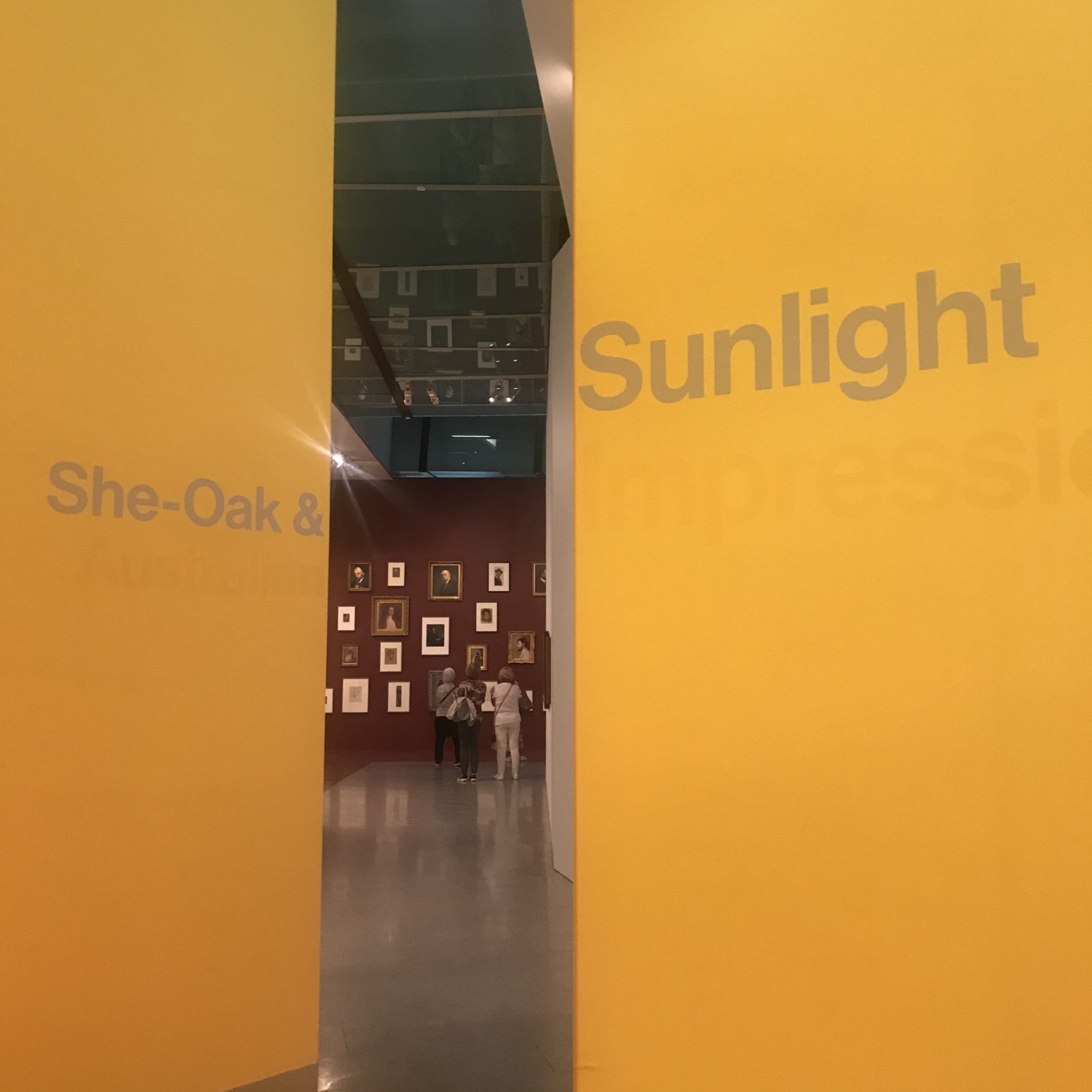
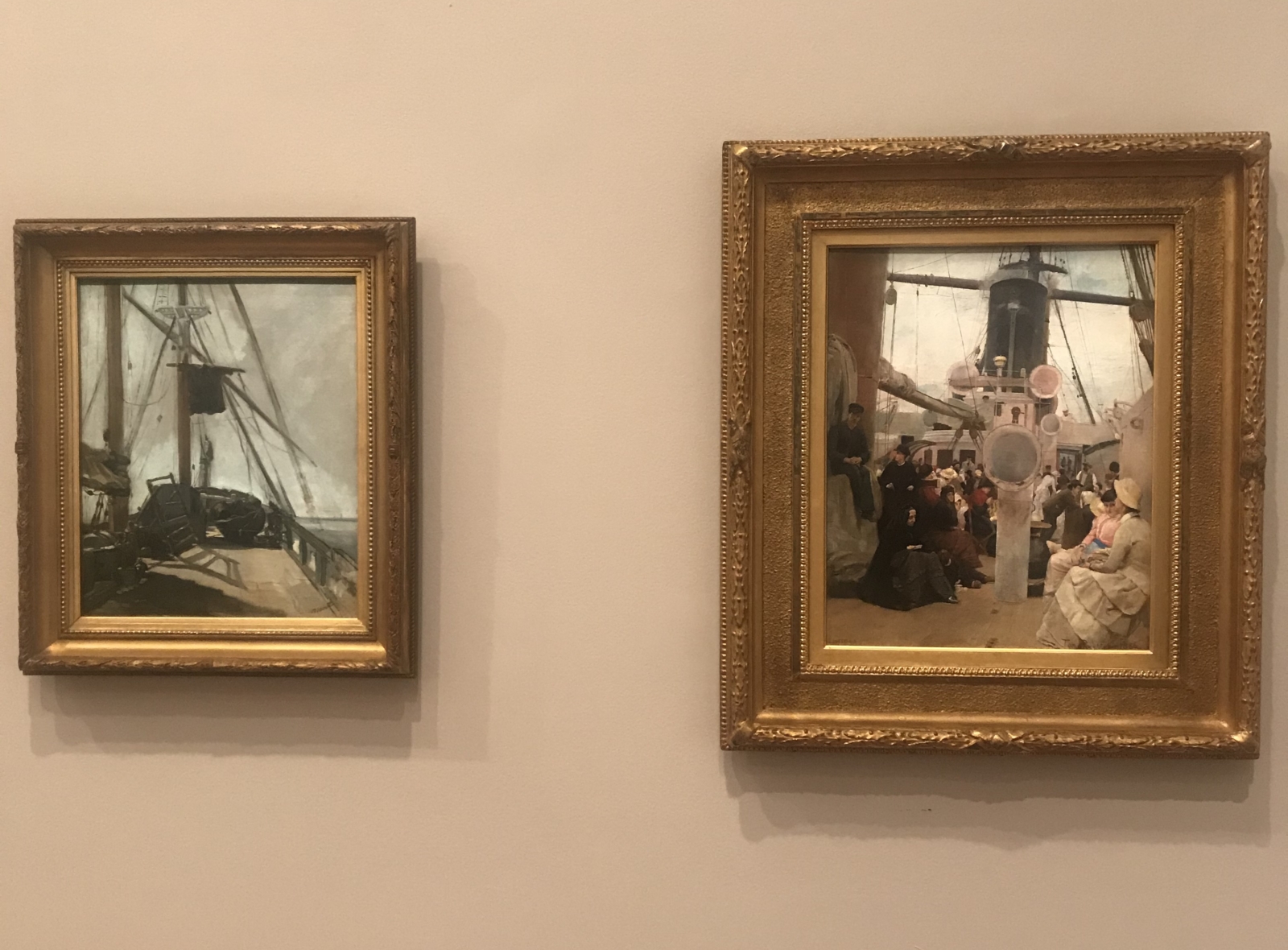
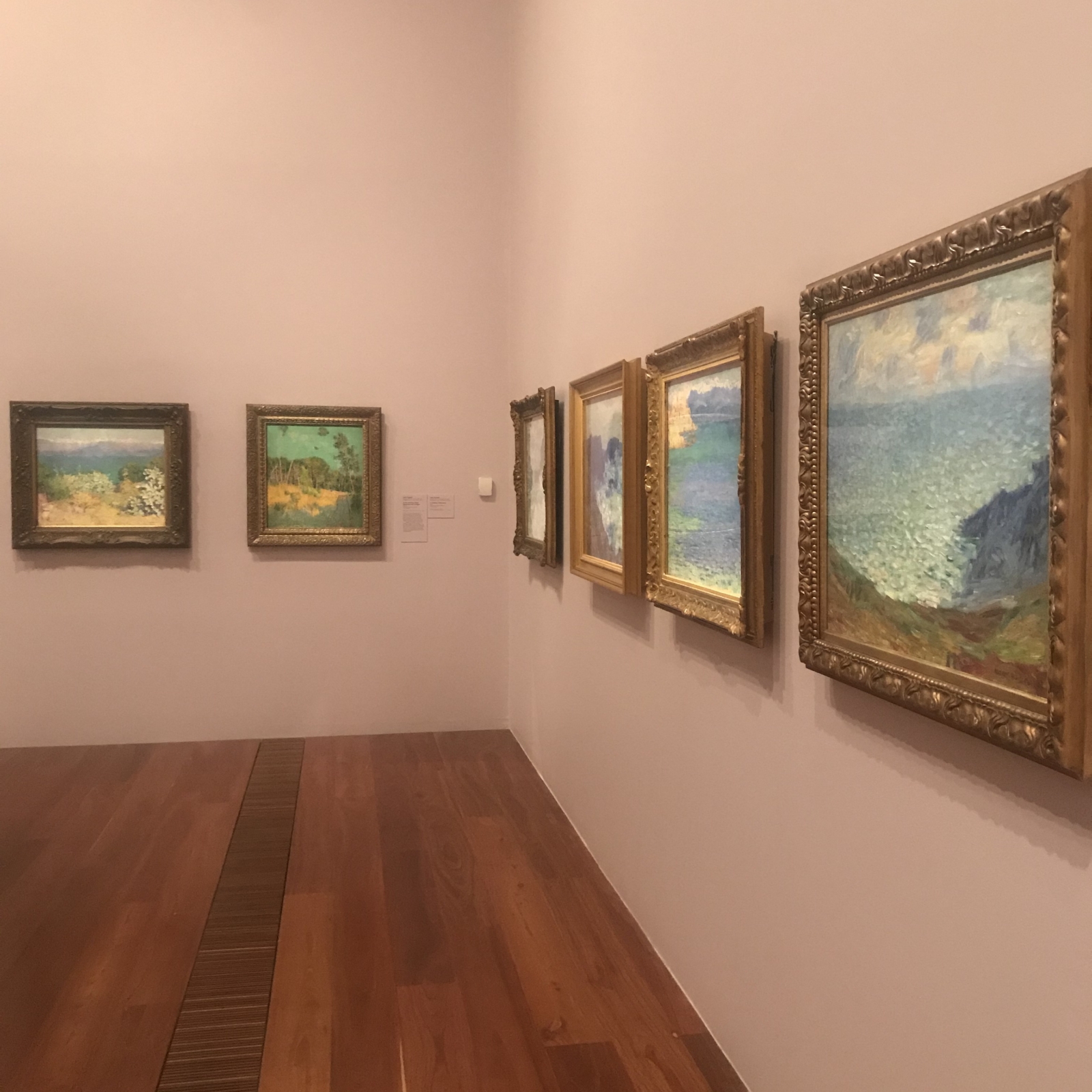
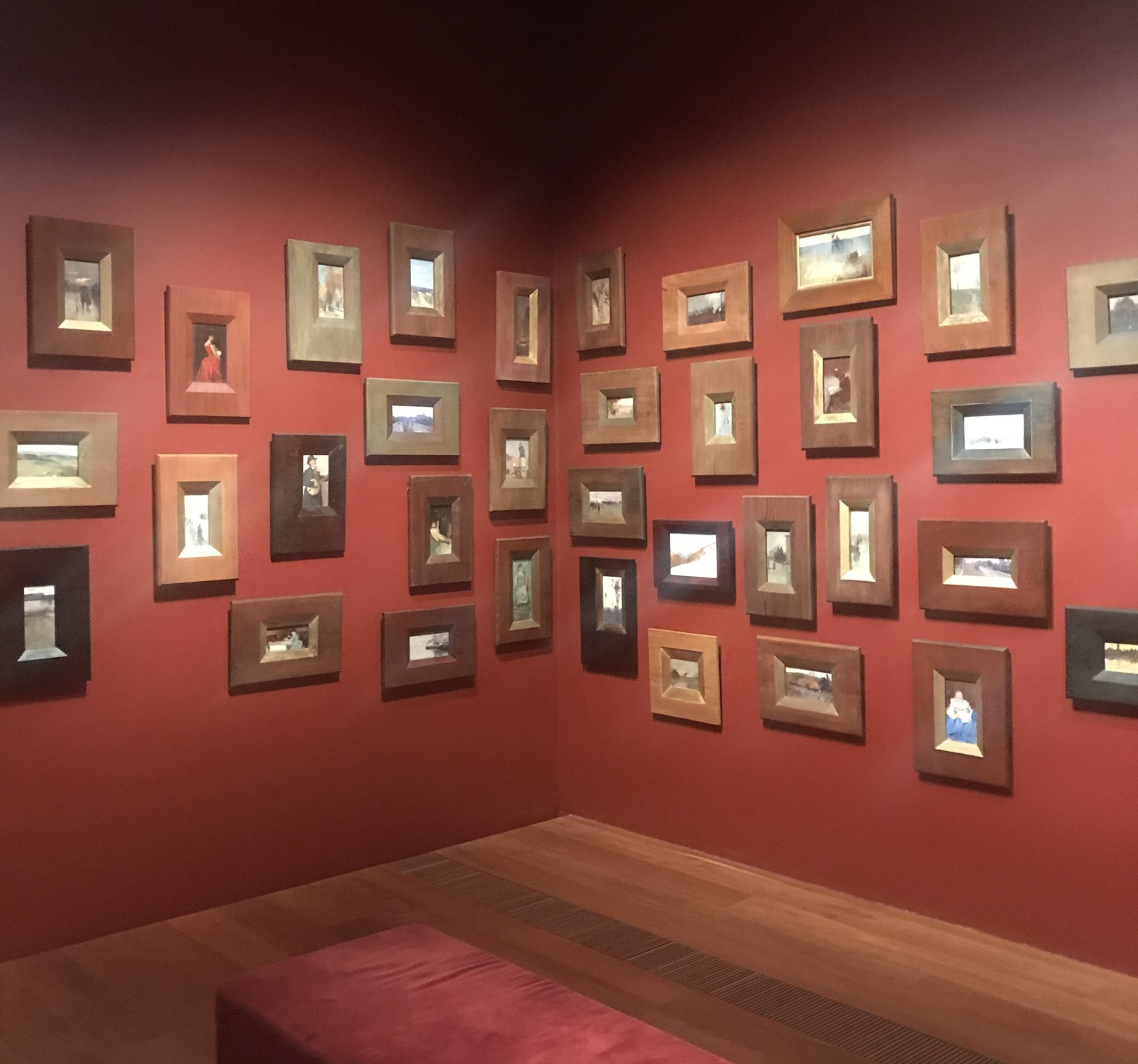
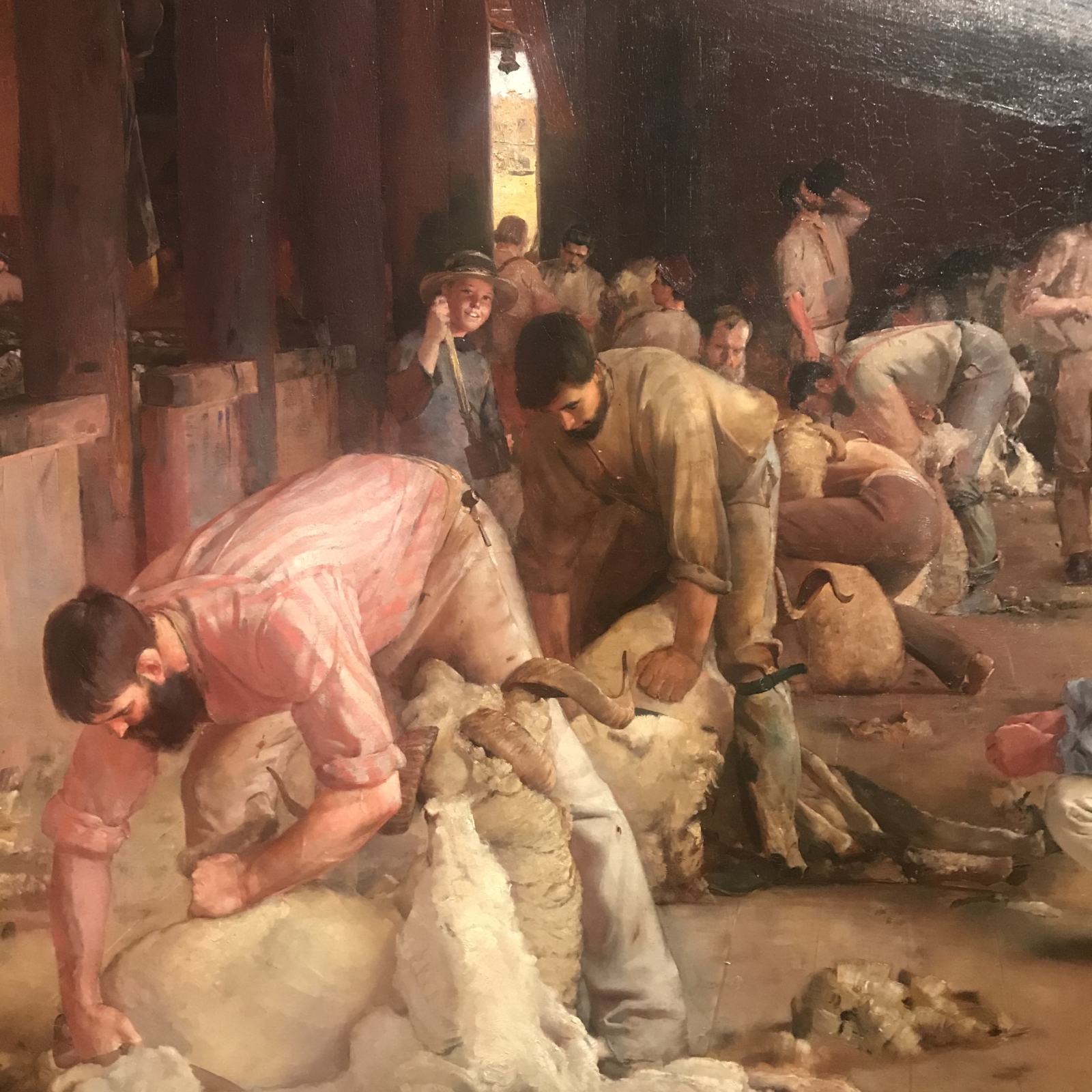
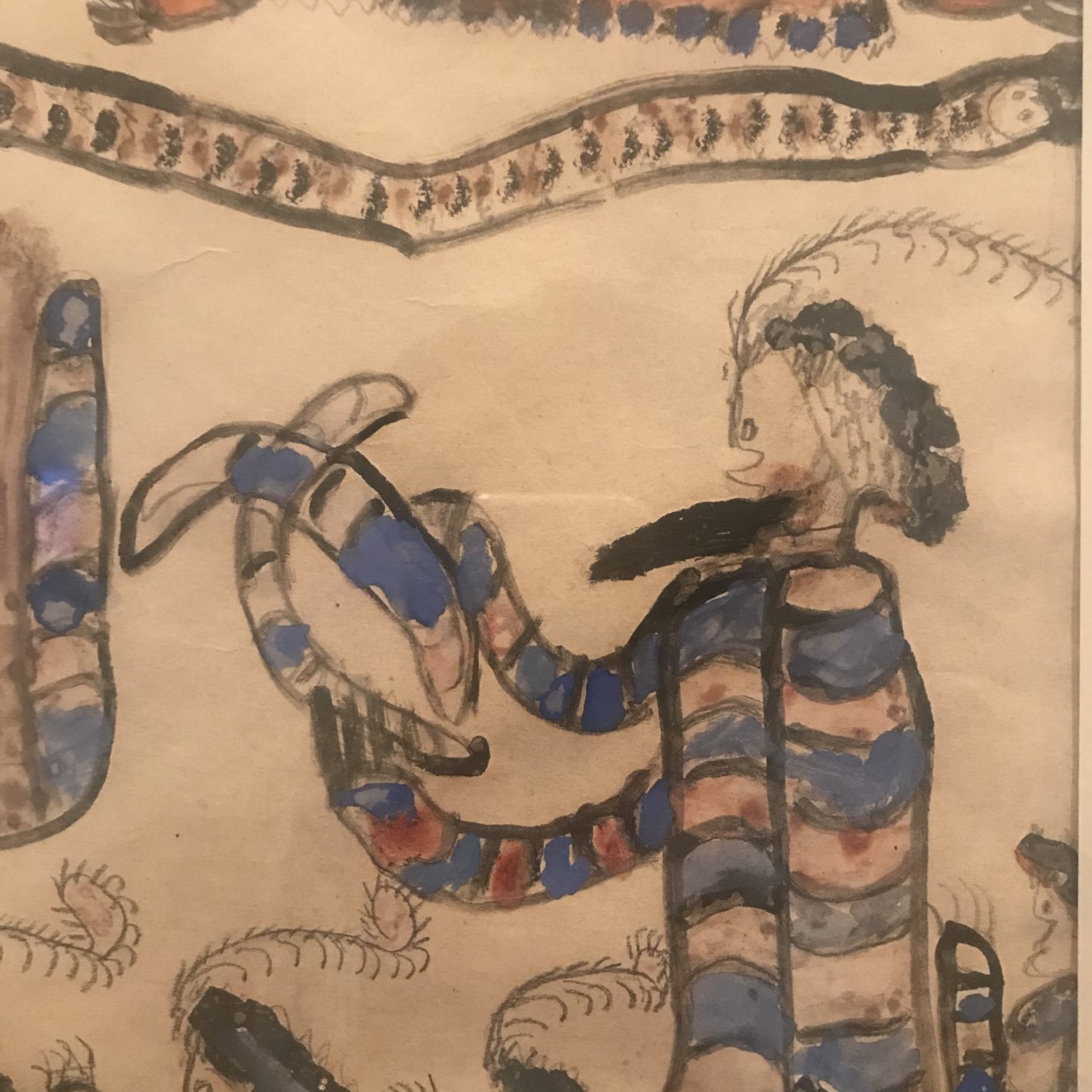
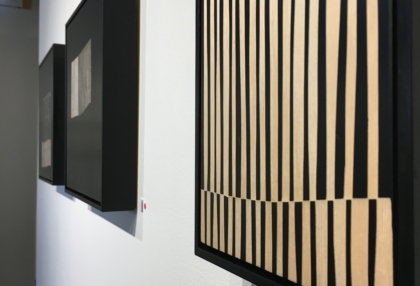
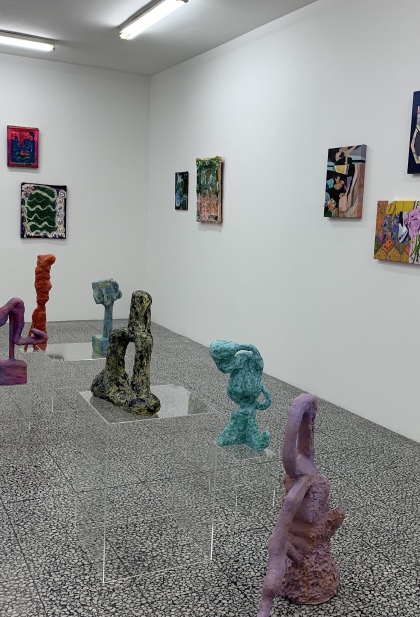
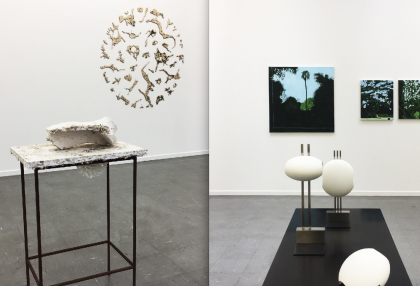
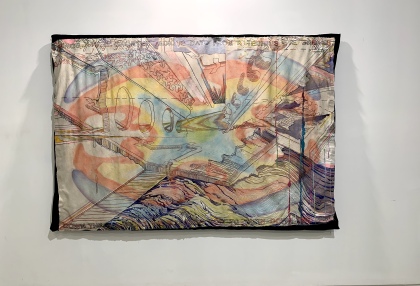
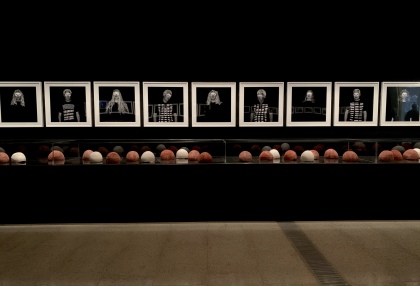
No Comments